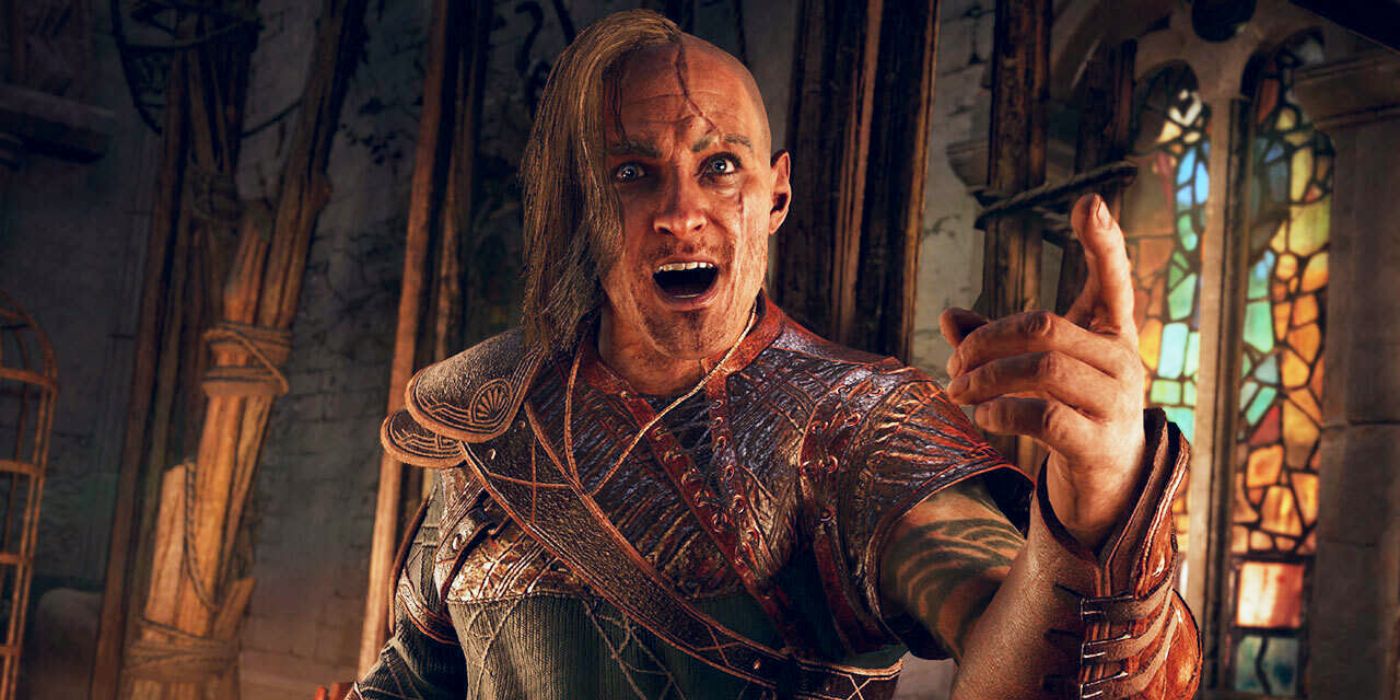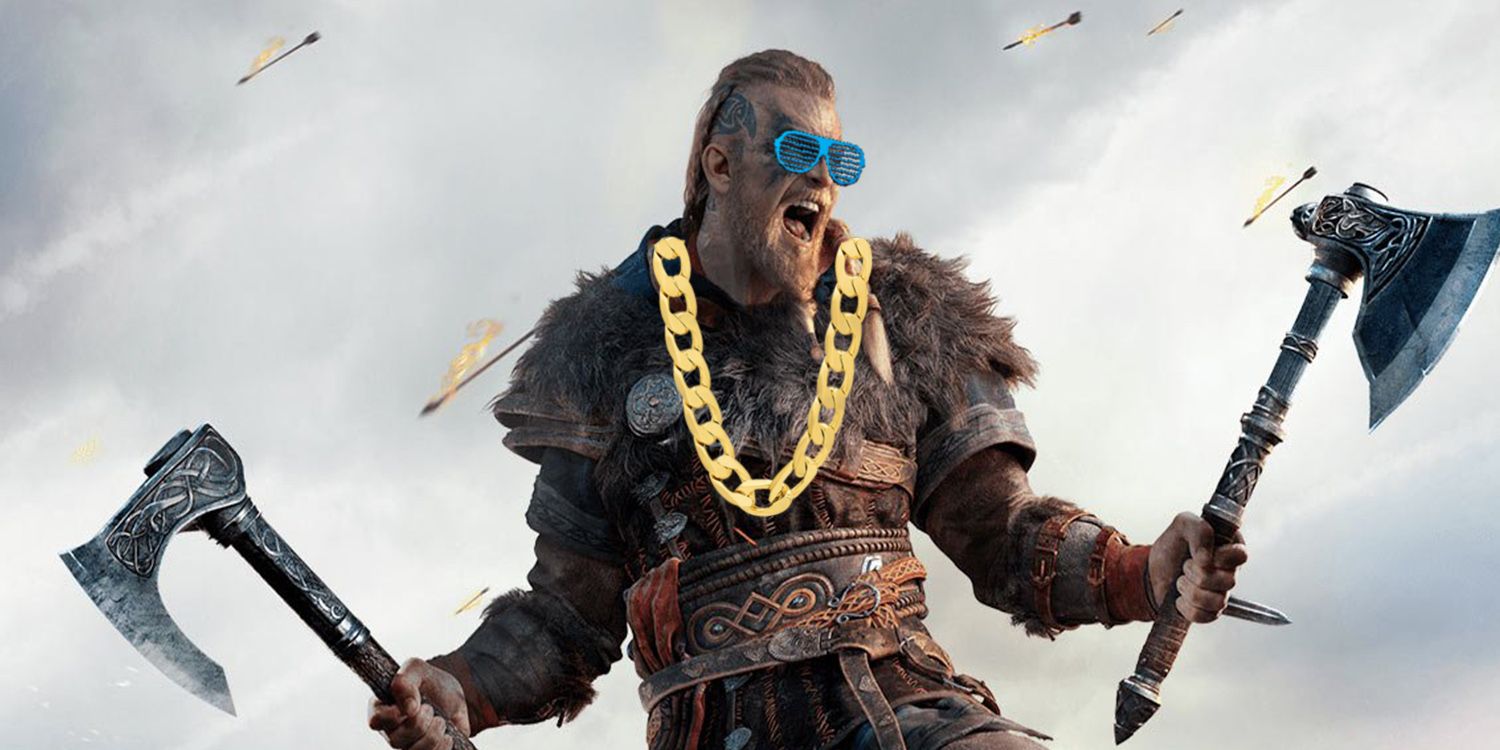Assassin’s Creed Valhalla’s Flyting: Real Viking Rap Battle History Explained
Assassin’s Creed Valhalla features flyting, a rap battle-esque mechanic in which two poets exchange insults that has a real place in European history.
You Are Reading :Assassins Creed Valhallas Flyting Real Viking Rap Battle History Explained

Flyting, Assassin’s Creed Valhalla’s poetic diversion, has a very real place in medieval history. While most of Assassin’s Creed Valhalla’s battles are fought with iron and blood, flyting provides players with the option to duel instead with rhymes and jibes. Like modern-day rap battles, a flyt consists of exchanging insults and pumping oneself up.
Throughout Eivor’s medieval European adventure, he or she will find various NPCs to engage with in this verbal warfare. They drop a short bar of insults, and the player is given three choices to respond with. The choice that is most provocative, on-topic, and rhymes the best will win Eivor some coin and Charisma experience, which unlocks new dialogue options.
The practice is known to have begun in at least the 5th century and continued well into the Renaissance. By the late 9th century, as depicted in Valhalla, flyting was a full-fledged cultural mainstay throughout England and the Nordics, with evidence of this practice being found in famous and noteworthy works of literature. For instance, in the classic Old English poem Beowulf, flyts were featured between the titular hero and rival adventurer Unferth, in which the two exchange lengthy, boastful diatribes. Valhalla’s flyts are shorter and more succinct, as an hour-long insult contest might get old, but are nonetheless scathing.
The Viking History Of Assassin’s Creed Valhalla’s Rap Battles

Even the gods in classical Norse mythology were shown to flyt. A jealous Loki in Lokasenna, a High Middle Ages-era poem whose title translates into The Flyting of Loki: The Lay of Greybeard, depicts a flyt between Thor and the eponymous Greybeard (who may or may not be Odin or Loki).
As Eivor explores Valhalla’s expansive open world, players, too, will encounter a variety of increasingly unique flyting opponents. From a confrontation with a mute monk to a booze-filled bout with a drunken Englishwoman, each flyt is a distinctive and interesting experience. While a relatively novel mechanic, the flyts aren’t particularly challenging and can be repeated as many times as the player wants until done correctly. That said, they do provide a lot of character to the world, as well as to Eivor’s personality.
Up until recently, public perception of Vikings has had them painted as ruthless barbarians whose sole characteristics are their raids and apparent bloodlust. Yes, raids occurred, but Vikings had a complex and diverse society in which they produced art, traded with other cultures, and explored well beyond the reaches of any other contemporary European civilization, including becoming the first to reach North America (around 500 years before Columbus). Valhalla is painstakingly accurate in its depiction of Vikings, with the inclusion of flyting being a unique look at an important part of their culture.
Link Source : https://screenrant.com/assassins-creed-valhalla-flyting-real-rap-battle-history/
